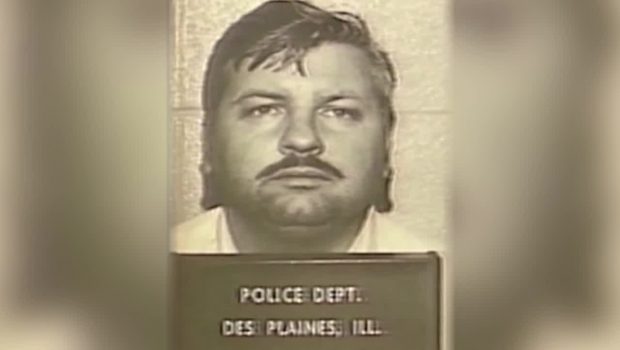New forensic technology bringing closure to North Carolina families of murder victims
(FOX 46 CHARLOTTE) — Two North Carolina families, whose loved ones were murdered decades ago, finally got closure this week thanks to new technology.
Investigators announced they solved two different cold cases, each of them more than 30-years-old, with the help of forensic genealogy.
When serial killer John Wayne Gacy was terrorizing the Chicagoland area, and much of the country, in the late 1970s, DNA evidence wasn’t even being used. But on Monday, the Cook County Sheriff’s Office announced they had identified one of Gacy’s victims killed more than 45-years-ago, a North Carolina man named Francis Wayne Alexander.
A non-profit called the DNA Doe Project combed through online genealogy sites, like GEDmatch and Family Tree DNA, to help investigators solve the puzzle.
“What we’re looking for is common ancestors between the DNA matches,” Karen Binder with the DNA Doe Project. “When we find those common ancestors then we know that the John Doe or Jane Doe we’re looking at is likely also descended from the same common ancestor.”
The same technology was also used on the Outer Banks. This week, the Nags Head Police Department announced they solved a horrific 30-year-old cold case.
In 1991, an infant baby boy, likely only a few months old at the time, was found dead in the dumpster. The baby had died from blunt force trauma. For 30 years, no one had any answers.
In 2019, a DNA sample from the deceased boy was sent to a lab in Texas and they found a match. The boy’s parents, Scott Poole, 54, and his wife, Robin Byrum, 51, of Taylorsville, were charged with concealing the birth of the child. More charges are expected.
“We needed to find some closure to, for this community, for the department, for the family of the baby,” said Nags Head Police Chief Phil Webster.
After the DNA samples are plugged into the databases, investigators comb through the details trying to find common ancestors.
“In some of those DNA matches, we don’t get down to that specific person. But we may get to a male profile within a family. And we can say ‘that suspect is one of the men in that family line.’ Then the real detective work and genealogy work begins,” said Capt. Joel McNelly with CMPD. “We start to find out who is the right age in that line. Who lived in the right place? Who had the right background to be involved? The technology is far and beyond anything that we ever imagined we would have.”








Gloss